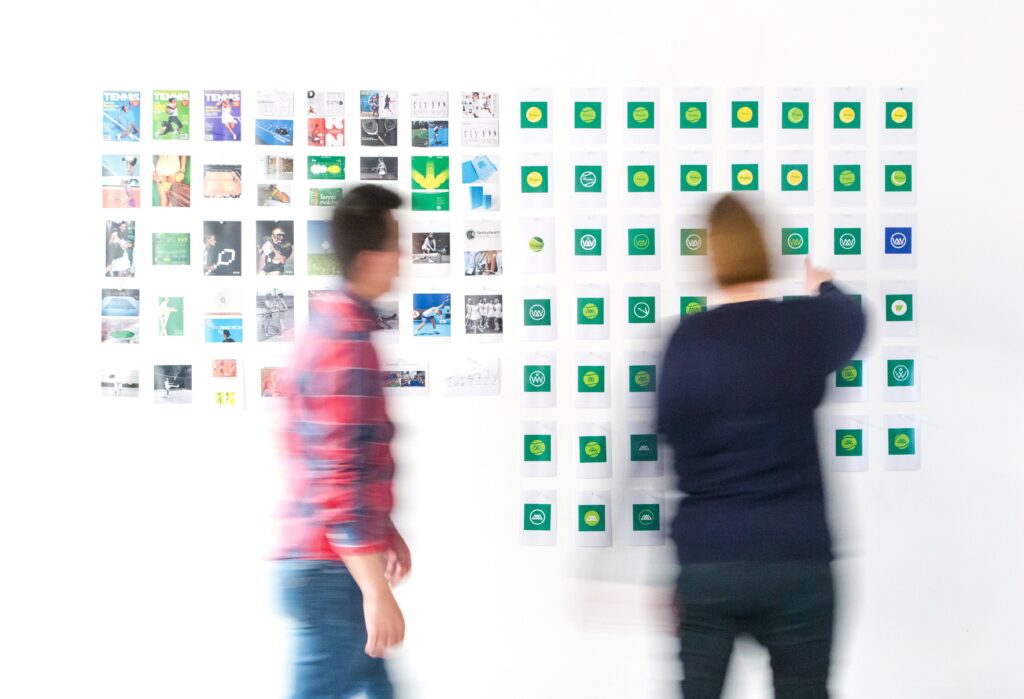Branding Companies: Logos, Guidelines, and Other Assets
Why are branding assets considered important for companies? Because they safeguard the investment you made when you developed your brand by ensuring consistency. They equip employees, partners, and others with the information and tools needed to implement your company’s visual identity appropriately.

Vector Logo
One of the most basic components of a legitimate brand is a logo. If you hired a professional to design your logo, you should have received a vector logo, most commonly in EPS format, indicated by “.EPS” in the file name. Vector logos are important because they maintain their integrity when stretched, enlarged, and copied. A JPEG, on the other hand, will not size appropriately when stretched, may become pixelated if enlarged too much, and will contain that pesky white box when placed on a colored background. We’ve all seen each of these mistakes before, making the offending company or designer appear unprofessional. If you ever find yourself in a pinch without an EPS logo when asked for one, you should at least be able to produce a PNG file of your logo.
Branding Companies Guidelines
We’ve worked with companies with brand guidelines in the form of a single page all the way up to 50+ pages describing the words and photos to use in company collateral. Anything between the two will suffice depending on your company’s unique needs – it’s most important to have something. Brand guidelines are helpful when you’re bringing on new staff or contractors who may interact with or use your brand because they provide clear instructions and little room for improvisation.
Defined Typography and a Color Palette
Again, it’s all about consistency when it comes to branding. Similar to a logo, defined typography and colors will add to the overall impact of your brand. Anytime someone sees your brand, you have the opportunity to make an impression. The likelihood of making a lasting impression increases if your brand is being shown consistently. We recommend defining a primary and secondary typeface; as well as at least one primary color palette comprised of three to five colors.

How Point7 Can Help
Whether you’re operating a mom-and-pop shop or a large-scale facility, these tangible brand assets are valuable for any company. They are worth the investment and time to develop. Point7 is here to provide guidance in every aspect of your cannabis business from brand assets, to dispensary design, to winning a license. Check out our creative portfolio and our services overview to get a closer look at how Point7 can help you.

